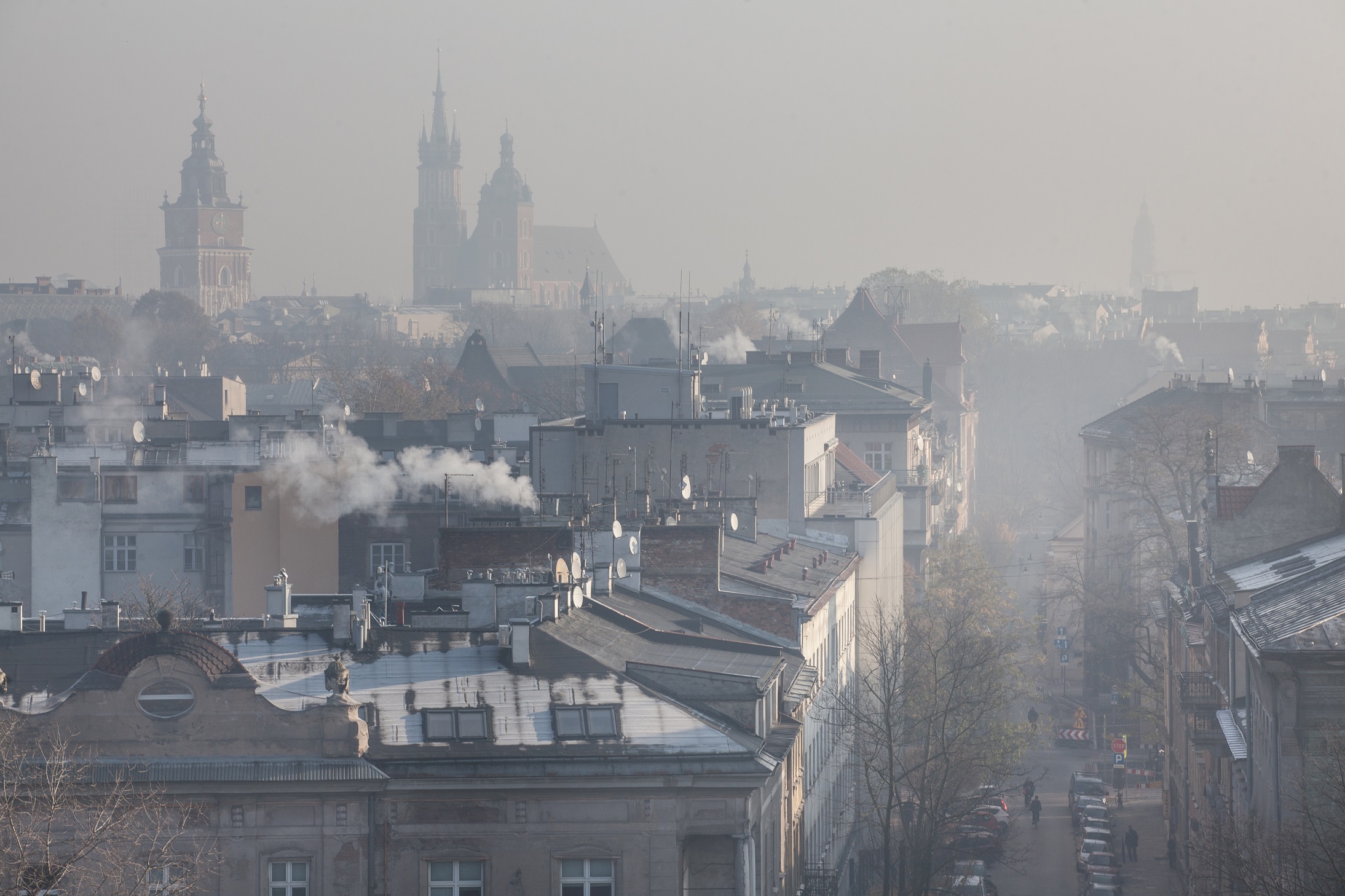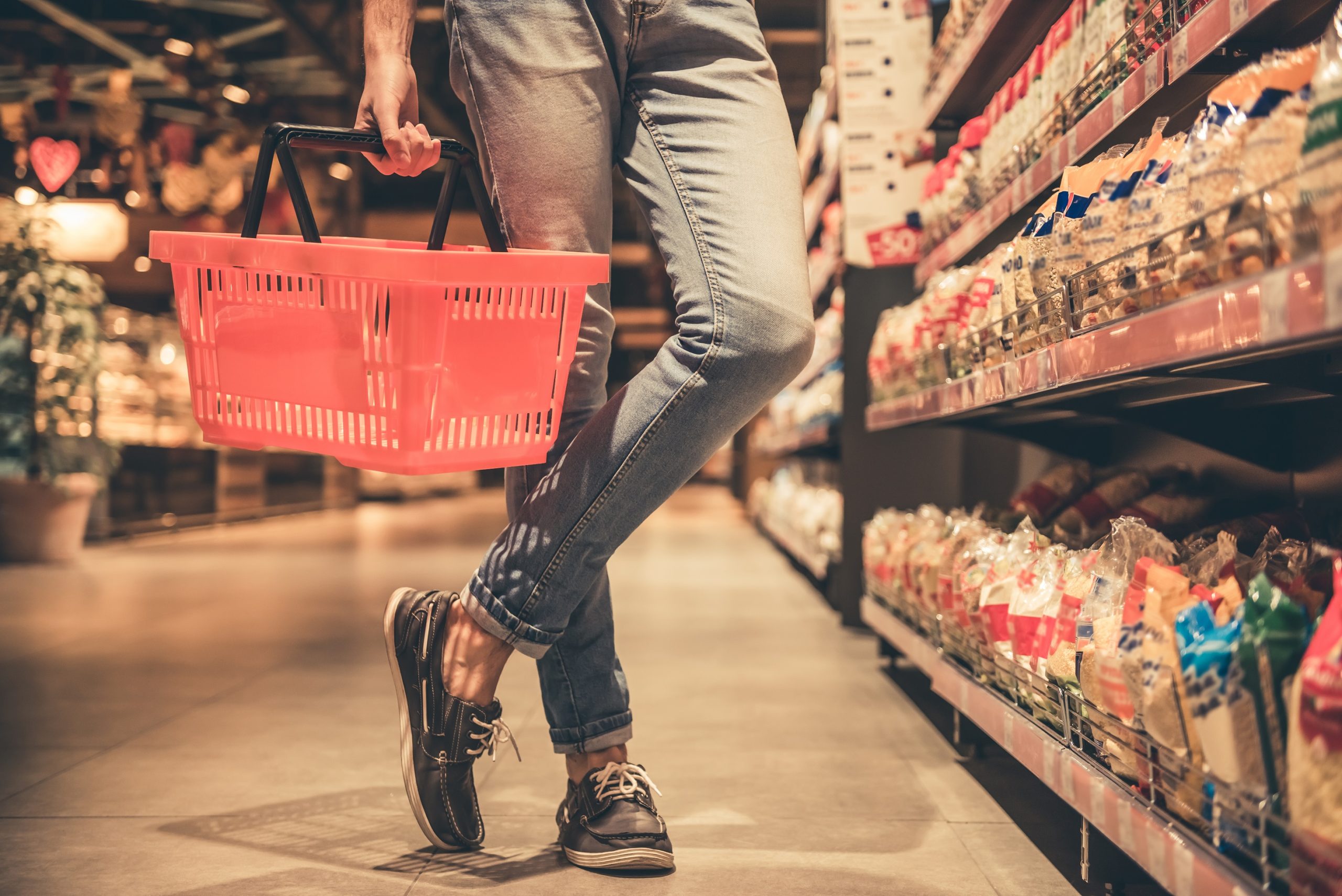What happens to the goods that we return?

The beginning of the year. A time of winter sales and selling unwanted Christmas gifts. Time to return purchased items to stores. What happens to them when they go back to the vendors? What is return logistics?
Have you ever asked yourselves how it happens that every item you buy online looks like it has just left the factory? Neatly packaged, without any signs of opening, with a tag attached. And yet, every one of us has once had a bad buy that he or she had to send back to the store. This is especially true in the case of clothes and footwear. Even within the same brand, pants or a jacket with the same number or letters on the label may differ in width or length. In addition, even if the size is right for us, the item we bought may be “ill-fitting” on us, or we Legislation makes it easier to return goods purchased online. You can do it without giving a reason, in a stationary store you can’t – and it’s not surprising that customers take advantage of this. Especially since many stores extend the time to make a decision for up to 100 days.
What do we return most often?
A survey conducted by GXO Logistics found that 35 percent of goods bought online are later returned to stores. “Fifty-seven percent of consumers said unequivocally that having a simple, free process for returning ordered products is a very important factor for them in their online shopping decisions,” Aleksader Milon of GXO Logistics said in an interview with LOGISTICS magazine.
Zalando admits that its average return rate is 50 percent. This is not surprising, looking at the statistics presented in the report “Poles’ Own Wallets. Poles on E-shopping 2021”. Santander Consumer Bank. Clothes (56 percent) and shoes (39 percent) have the highest return rate. Cosmetics, watches and books and e-books are sent back the least often (1 percent each).
The most common reasons for returns? Wrong size or measurements of the product – 56 percent, its inaccuracy with the description on the website and delivery of a damaged product – 12 percent each.
What happens to the goods we return?
Customers like returns, vendors don’t. Because it’s costly. Shipping from the customer on the one hand, and putting the goods back on the market on the other (new packaging, a new tag, and often cleaning). This is an expense of up to a dozen zlotys each time. If an item is returned several times, the expenses involved may exceed the profit from its sale. Therefore, in many cases it is more profitable for stores to dispose of returned goods than to sell them again.
What happens to them? Some end up in outlet stores, secondhand stores or charity organizations. Many end up in landfills in Africa or South America or are incinerated. Products of luxury brands, which by design are supposed to be attainable by a few (they are, after all, an indicator of prestige) and not sold in outlet stores or at a considerable discount, are especially destroyed. Burberry burned more than £28 million worth of its goods in 2017. Chanel, Louis Vitton, Michael Kors and H&M also disposed of goods in this way. You can read about the environmental costs of “fast fashion” on our blog.
In 2021, British ITV News revealed the scale on which Amazon destroys goods. At the company’s largest warehouse in the UK, millions of items a year were sent to the “destruction zone.” A former employee of the e-commerce giant admitted that about 130,000 products were sent for disposal every week. These included TVs, hair dryers, laptops, drones and books, for example. Products unsold or returned by consumers. In good condition, often still in their factory packaging. When questioned by journalists, an Amazon spokesperson explained that the company’s priority is to resell, donate to charities or recycle, and that they do not landfill unneeded goods. However, journalists tracked down trucks taking goods from the company’s warehouses to landfills or recycling facilities.
Logistics of returns and repairs
One can also do things differently. GXO operates a returns center near Poznań for a fashion company, with 250,000 garments arriving daily. They are handled by 1,200 people. The work of returns, repairs and refurbishment logistics begins with opening the package and checking that its contents match what the customer ordered. The product is inspected for quality and compliance with standards. If there are no defects, it is re-packaged and sent back to the warehouse for re-sale.
“If the product has any defects, it goes into the recovery process,” explained Lukasz Wolski, director of GXO’s logistics centers in Poznan, in an episode of the “About Technology Out Loud” podcast. – It is divided into several parts. For example, it can go into sewing, odor removal, we also repair shoes and remove stains with steam. With these skills, we give full value to these products. The most difficult part of this process is determining what condition a product is in. Whether it can be returned to the warehouse as new, or whether it can be renovated in a cost-effective manner, or whether it is no longer suitable for re-sale.”
The magazine receives, for example… wedding dresses: “These are dresses that have been measured by customers and have, for example, makeup stains, lack a button, or are washed out. These dresses fortunately don’t end up in the landfill. Thanks to a team of skilled seamstresses, they regain their full value, shine beautifully and will delight hundreds of brides around the world.” – Joanna Tomczyk, tender manager for Central Europe at GXO, told the podcast.
Theoretically, if we return an item, it should arrive at the store unscathed. After all, we are only looking at it or trying it on. Reality, however, is sometimes different. Clothing in particular is returned with stains (e.g. from makeup or deodorant), missing buttons, pulled threads. Treating stores as free clothing rentals and sending them back after the event, with visible signs of use, is a scourge. Zalando tried to combat this by attaching large labels to some clothes (especially evening dresses) that could not be removed if you wanted to send them back.
AI helps with shopping
Running an online store is a perpetual balancing act between meeting the expectations of customers who want to buy cheap, return for free and without much paperwork and minimizing losses due to returns.
These are inherent in the e-commerce business, as the customer has no physical way to check the goods. Stores list their characteristics, but not every customer wants to check with a ruler whether the handbag they are buying will be too small or whether the cabinet will fit in the hallway. We can’t find out if the fabric of a dress fits well, and if the bedding is nice to the touch. Whether the shoes fit well on the foot and whether the jacket is exactly the same color as in the photo, so it matches the pants we already have.
That’s why more and more stores are using AI-based tools that allow the customer to choose the best-fitting product and thus reduce the number of returns. Zalando has managed to reduce it by 10 percent by introducing size hints for the customer. Zalando Size Advice, using machine learning, analyzes a person’s purchases and returns. As a result, when shopping, the store recommends to her, for example, to buy shoes number 40 instead of 39 or a skirt size 36 instead of 34.
In 2023, Zalando launched a tool that, using two photos uploaded by the customer, accurately measures his or her body and suggests what size would be most suitable for him or her. Size & Fit is the first such e-commerce solution, for now available in Germany, Austria and Switzerland.
Google has also launched its virtual fitting room. It has used photos of male and female models of different body types, skin colors and sizes. Just by selecting a single photo of a product (for now, it’s just tops), you can see how it looks on different people, similar to shoppers themselves.
In 2040, as much as 95 percent of shopping is expected to be done online, and artificial intelligence will assist us in it. What this might look like, and whether we will be able to select clothes and shoes in such a way that we won’t have to return them, Kamila Gębik, an e-commerce expert and author of the book “The Future of E-commerce,” said in the podcast “On Technology Out Loud.” You can listen to the episode “On shopping with artificial intelligence” here.
At Łukasiewicz – PIT, we created the e-Pack – a smart package that protects the shipment and can be reused many times. You can read about it here.




